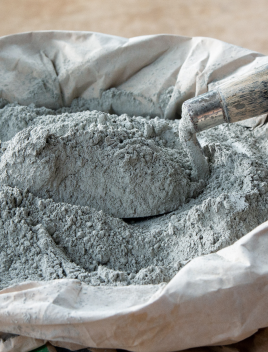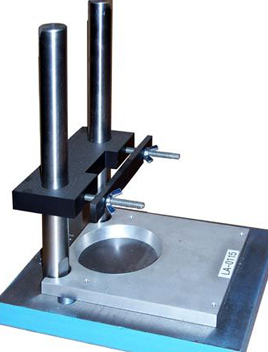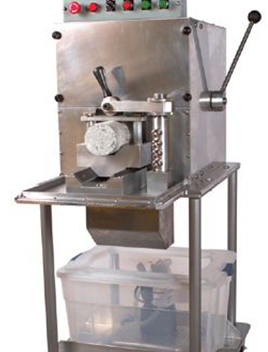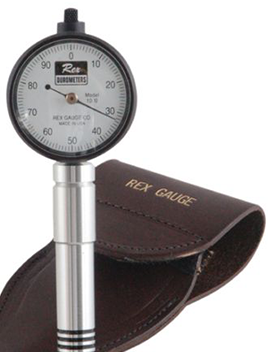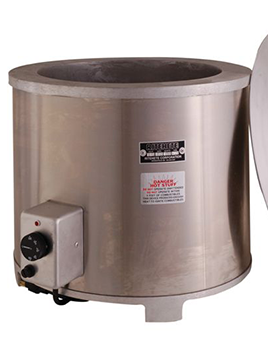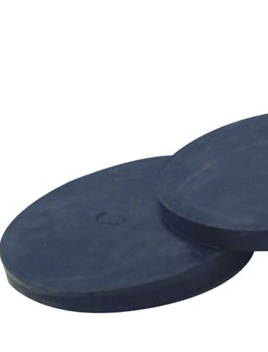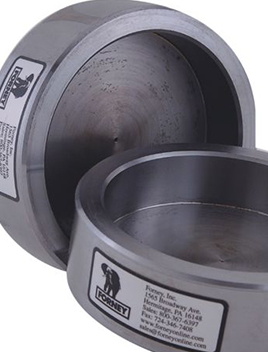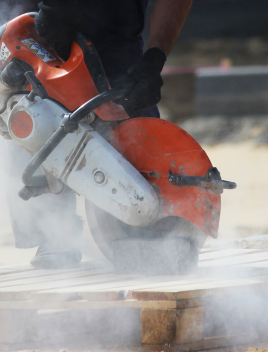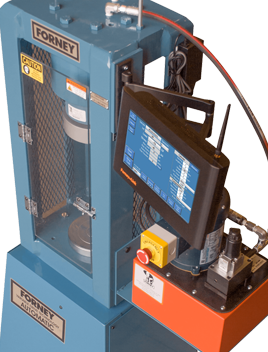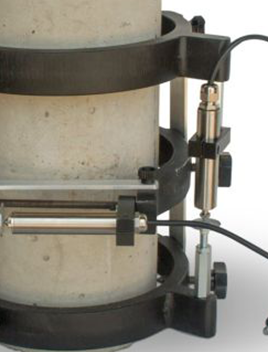Concrete Cylinder Testing Equipment
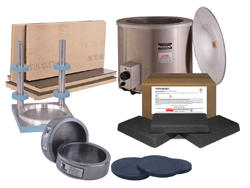
Shop for high-quality concrete cylinder testing equipment that helps you prepare cylinders for testing, ensure even surfaces, and capture accurate concrete data.
Concrete Cylinder Preparation
Concrete Cylinder Testing
About Concrete Cylinder Testing Equipment
+ What is a concrete cylinder?
A concrete cylinder is the most common type of specimen used in concrete testing. Concrete cylinders are cast by pouring a sample of fresh concrete (after testing wet properties) into cylindrical molds.
Once the concrete sets and cures in a safe, controlled environment on the job site for up to 48 hours, the cylinders can be transported to the lab. There, they are stripped from the molds and placed into the final curing environment before testing.
+ What is concrete cylinder testing and equipment?
Cylinder testing is the process of casting, curing, preparing and testing cylindrical specimens to determine compressive strength and other values. This process requires a variety of equipment in the field and the lab in order to ensure the cylinders are smooth, uniform and tested according to standards.
Forney’s concrete cylinder testing equipment conforms to all applicable construction materials testing standards and testing protocols, including ASTM, AASHTO, BS EN, ISO, and more.
+ How do cylinders need to be prepared before testing?
When preparing a cylindrical concrete test core, you need smooth and even surfaces on the ends of the cylinder. If these ends are not perfectly uniform and parallel to each other, the measured strength will be decreased due to stress within the cylinder. Cylinder testing equipment needed to prepare cylinders for testing include:
- Capping compound: creates a totally flat parallel surface and adheres in its liquid-viscous state to cover all imperfections or rough surfaces of a cylinder.
- Melting pots: used to melt capping compound. Also seals wax, paraffin, and other materials.
- Capping fixtures: used when applying capping compound to the ends of concrete cylinders in preparation for compression testing.
- Durometer tester: tests the shore hardness of neoprene and natural rubber pad caps.
- Pad caps: reusable pads contained in steel retainer rings that fit upon the ends of concrete cylinders for compression testing.
- Retainer rings: placed on the top and bottom ends of test cylinders to form a surface perpendicular to the direction of force from the compression machine.
- Masonry saws: used to trim concrete cylinders.
- Cylinder end grinder: grinds the faces of concrete cylinders plane and parallel (to within ASTM C617), so testing can commence right away without the use of capping materials.
+ What is a compression testing machine?
Compression testing machines are commonly used for high-strength concrete cylinder testing. By applying compressive pressure to the test specimen, compression testing machines determine a material’s behavior under crushing loads. They are also capable of testing for Modulus of Elasticity/Poisson’s Ratio, Proppant Crush Resistance, and Tensile Splitting tests.
Forney compression testing machines are fabricated from solid steel into a one-piece welded unit that exceeds ACI frame rigidity requirements, and the hydraulic cylinder assembly is mounted to the bottom crosshead of the load frame. Forney Connected machines offer one-push test starts, in which the machine performs the complete test, including piston retract. It accurately controls the rate of load at the desired setting, ensuring repeatable, precise results and freeing the operator to do other tasks while testing is in progress. Integrated with CMT software, Forney Connected machines validate specimens with smart checks before the test runs, then automatically transfers results and calculations to where they are needed – ensuring a fully connected, transparent and accurate CMT workflow.
A sound compression testing machine must also include safety features to protect both the operator and testing machine, including maximum capacity protection, overextension protection, and a fragment safety guard. Remote support is also a helpful feature to keep downtime to a minimum.
+ What are compressometers and extensometers?
Compressometers and extensometers measure the average deformation and strain of concrete cylinders during compression testing to determine modulus of elasticity (MOE) and Poisson’s ratio.
+ What standards are important to know when conducting concrete cylinder testing?
- ASTM C39: Standard Test Method for Compressive Strength of Cylindrical Concrete Specimens
- ASTM C31: Standard Practice for Making and Curing Concrete Test Specimens in the Field
- ASTM C192: Standard Practice for Making and Curing Concrete Test Specimens in the Laboratory
- ASTM C617: Standard Practice for Capping Cylindrical Concrete Specimens
- ASTM C1231: Standard Practice for Use of Unbonded Caps in Determination of Compressive Strength of Hardened Concrete Cylinders
- ASTM C873: Standard Test Method for Compressive Strength of Concrete Cylinders Cast in Place in Cylindrical Molds
- ISO 1920-6: Testing of concrete — Part 6: Sampling, preparing and testing of concrete cores
Other Concrete Cylinder Testing Equipment Resources
Concrete cylinder testing is an important part of validating concrete strength and compliance with industry standards. It’s critical to have high-quality equipment – and knowledge of best practices with preparing and testing cylinders. Here are some helpful resources related to cylinder testing:
